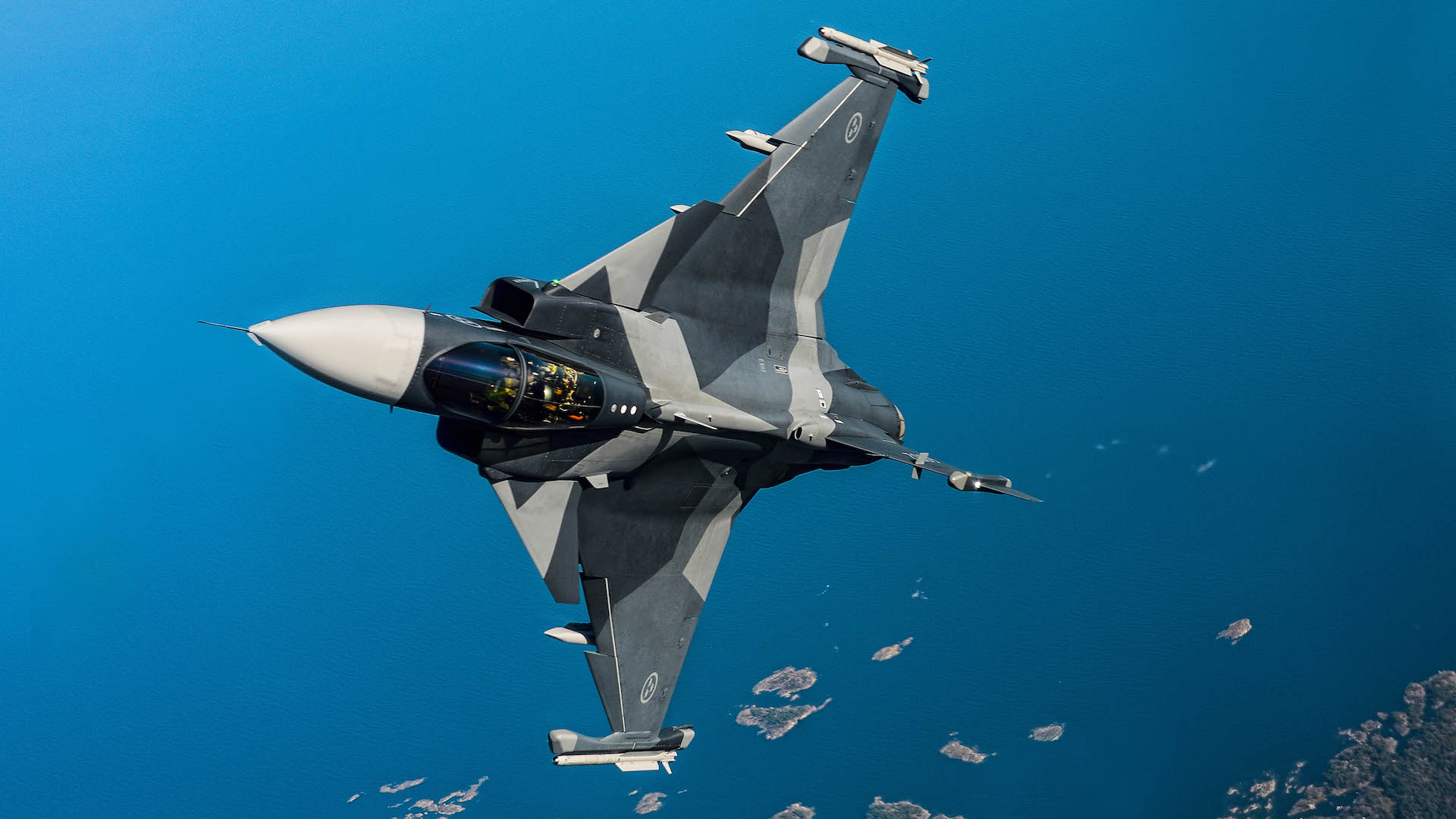Thailand has provided the Saab Gripen E/F program with a major vote of confidence after its air force selected the Swedish-made jet as its next fighter. While the Royal Thai Air Force (RTAF) already operates earlier Gripen C/D aircraft, the Gripen E/F brings with it significant advances in capability, the extent of which makes it almost an entirely new aircraft compared to its predecessor.
The RTAF said today that it wants to buy the Gripen E/F which it considers “has the capability to match the demand of the military doctrine and the Air Force’s strategy,” Reuters reports. The service also said it had spent 10 months making its decision.
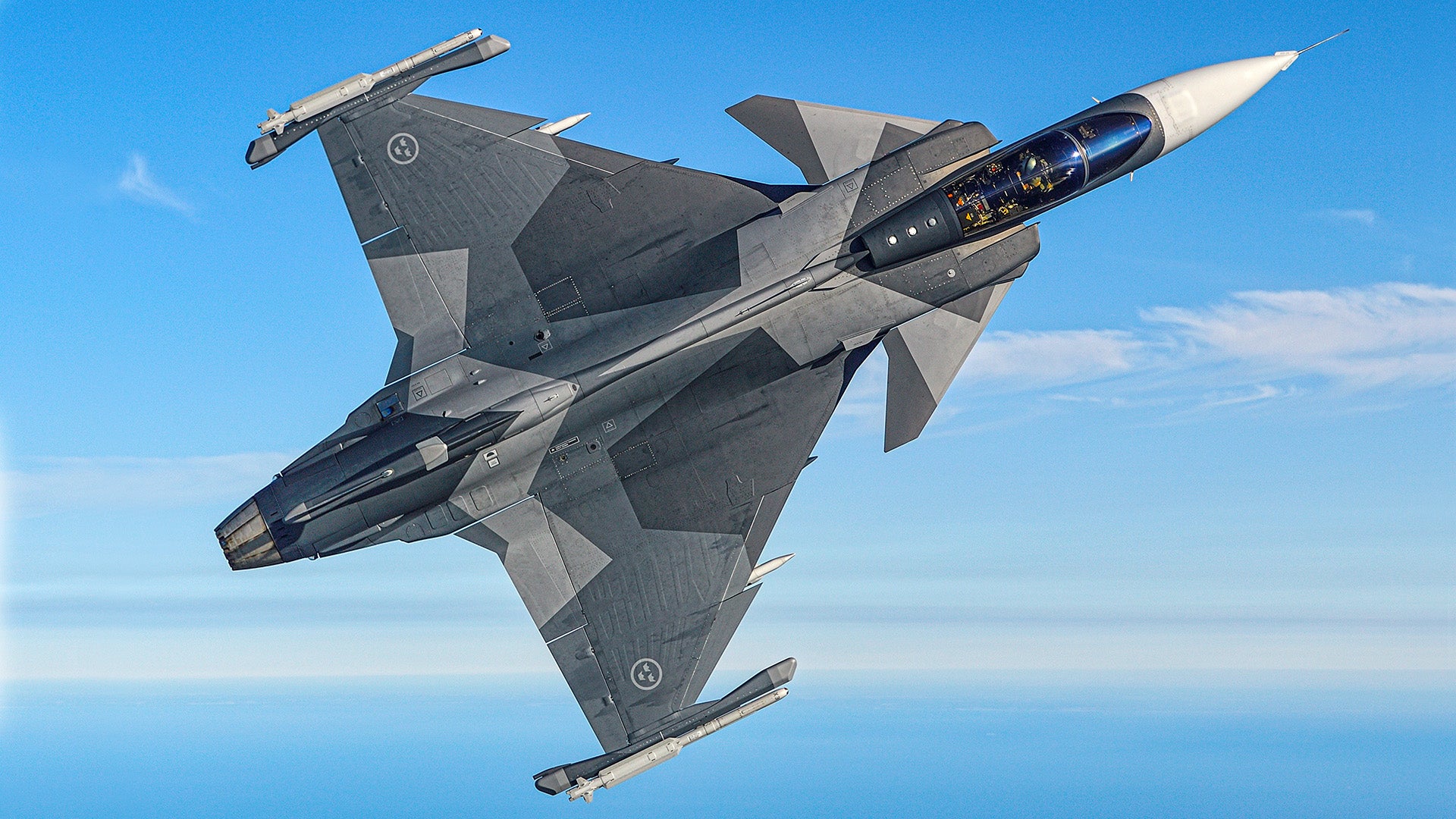
In a statement to TWZ, a company spokesperson said: “Saab confirms that the Royal Thai Air Force have announced their wish to purchase Saab’s Gripen fighter. This is clearly very positive for Saab and for Sweden but as this point there is no contract or any order in place. Saab is looking forward to continuing our discussions with the Royal Thai Air Force and the authorities regarding future fighter capabilities for Thailand.”
The final decision to buy the aircraft will also require approval by the Thai cabinet.
Already last month, there were reports that the RTAF had already decided in favor of the Swedish fighter, although this was not confirmed at the time.
It’s unclear how many Gripen E/Fs Thailand aims to buy, but previous reports indicated an immediate requirement for 12–14 new fighters.
According to previously announced RTAF plans, the new aircraft are to be purchased in the 2025 fiscal year, with deliveries to begin by 2028.
The candidates for Thailand’s new fighter had previously been narrowed down to the Gripen E/F and the U.S.-made F-16 Block 70/72 from Lockheed Martin, an aircraft that you can read about in detail here.

Notably, the RTAF already operates earlier models of both the Gripen and the F-16, as part of a fairly varied but increasingly aged fighter fleet.
The most modern of the RTAF’s fighters are its 11 Gripens (seven single-seat Gripen Cs and four two-seat Gripen Ds) which were in two separate batches in February 2008 and November 2010. These jets have recently been upgraded to the latest MS20 configuration and they have a notable anti-surface warfare capability, armed with Saab’s RBS 15 anti-ship missile. A single Gripen C was lost in a crash in January 2017.
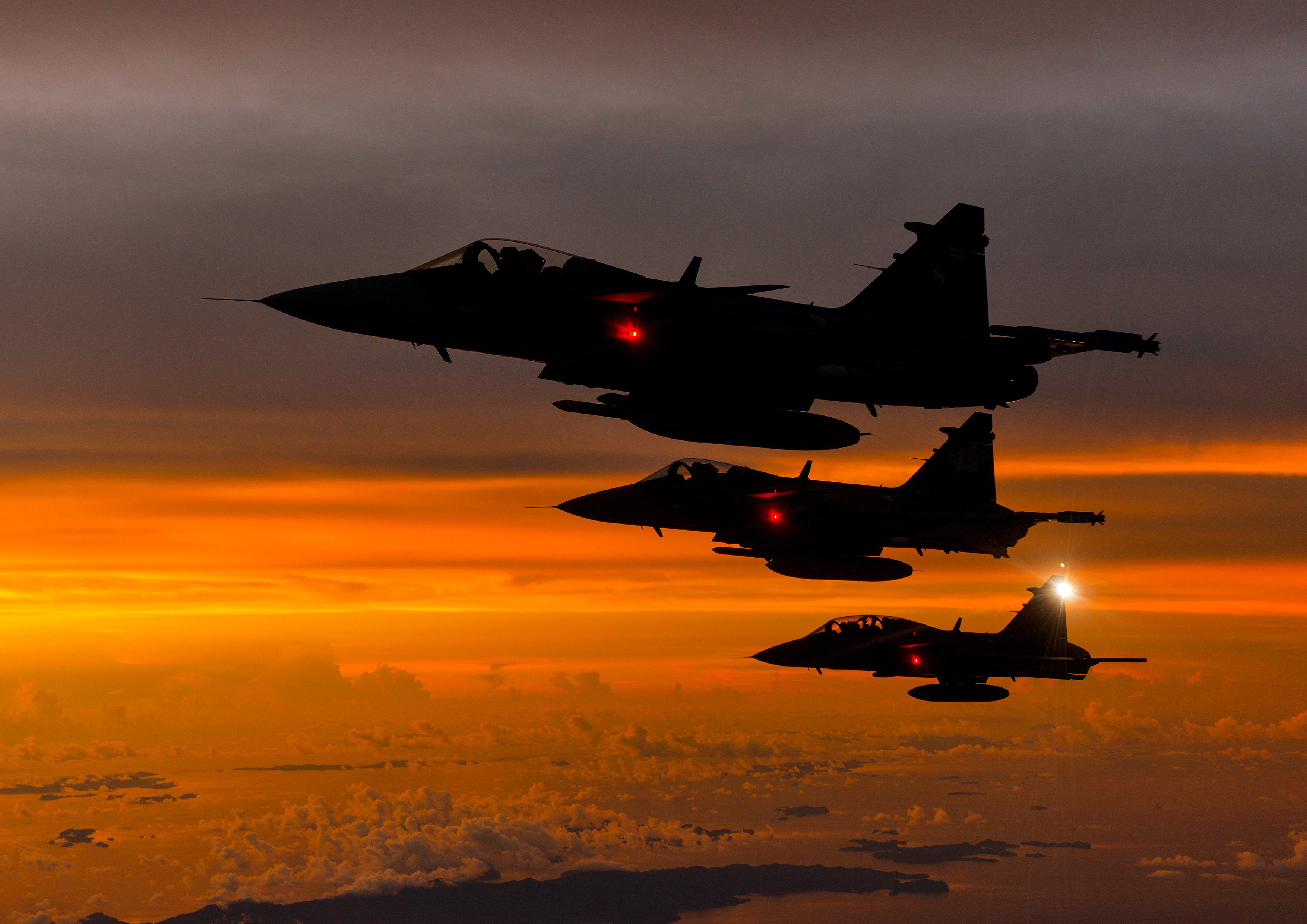
The Thai Gripens are also integrated within a Saab-supplied national datalink system, known as Link-T. Playing a vital role within this is a pair of Saab 340 turboprop aircraft equipped with the Erieye radar for airborne early warning and control (AEW&C).

Supporting these are a larger number of F-16s, comprising 36 single-seat F-16As and 14 two-seat F-16Bs. These are the survivors from a total of 52 F-16A/Bs that were delivered by the United States under four separate orders plus seven more F-16A/Bs that were donated by Singapore.
The oldest F-16s are Block 15 OCU jets — eight F-16As and four F-16Bs — ordered in December 1987, with deliveries taking place the following year.
Six more F-16As, also Block 15 OCU jets, were then delivered between 1990 and 1991.
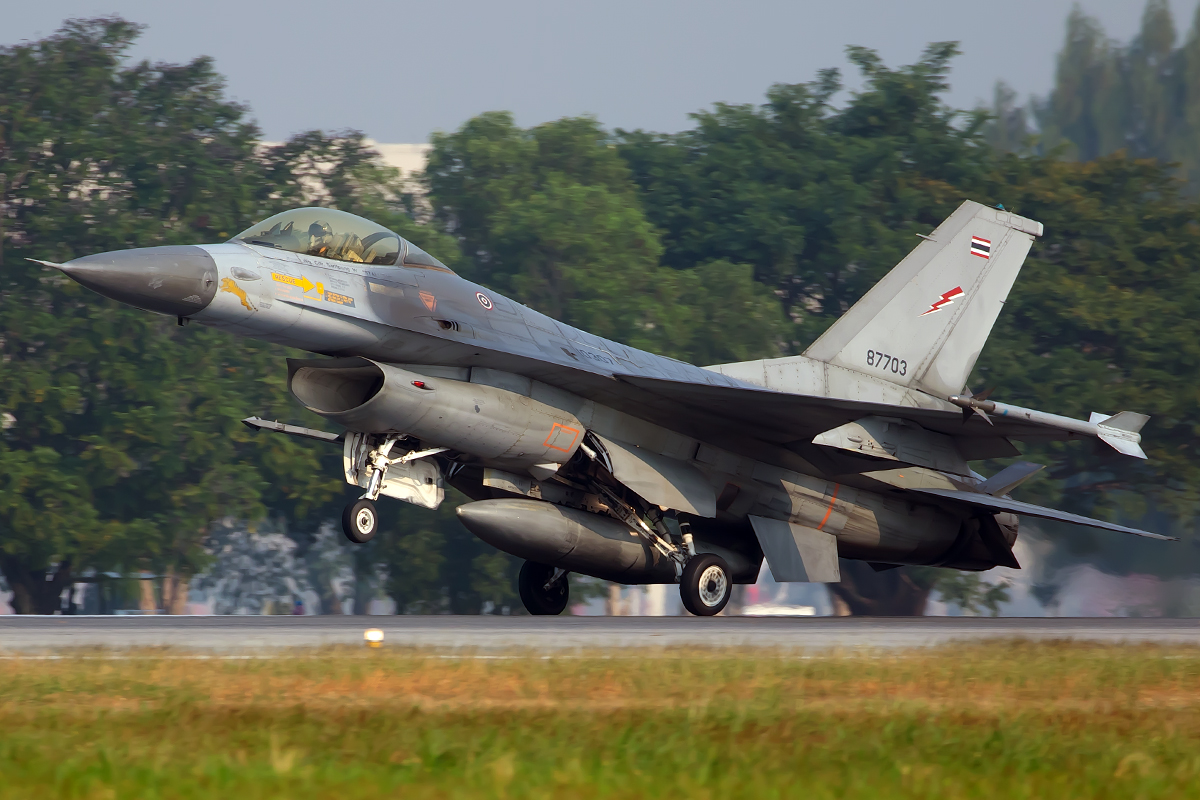
The very last Block 15 jets for any customer were included in Thailand’s next order, which provided 18 more OCU jets: 12 F-16As and six F-16Bs. These were delivered between 1995 and 1996.
The last Thai F-16 order to be directly negotiated with the U.S. government was announced in July 2000 and provided another 16 F-16A/Bs (15 single-seaters and one two-seater), this time in the Block 15 ADF version. These came from U.S. Air Force stocks and were delivered between 2002 and 2003.
Subsequent Thai deliveries comprised seven secondhand aircraft donated by Singapore. In November 2004 it was announced that the RTAF would receive Singapore’s remaining seven F-16A/Bs (three F-16As and four F-16Bs). They were delivered in 2005.
Even older fighter equipment is still operated in the form of around 31 single-seat F-5E and three two-seat F-5F Tiger II jets.
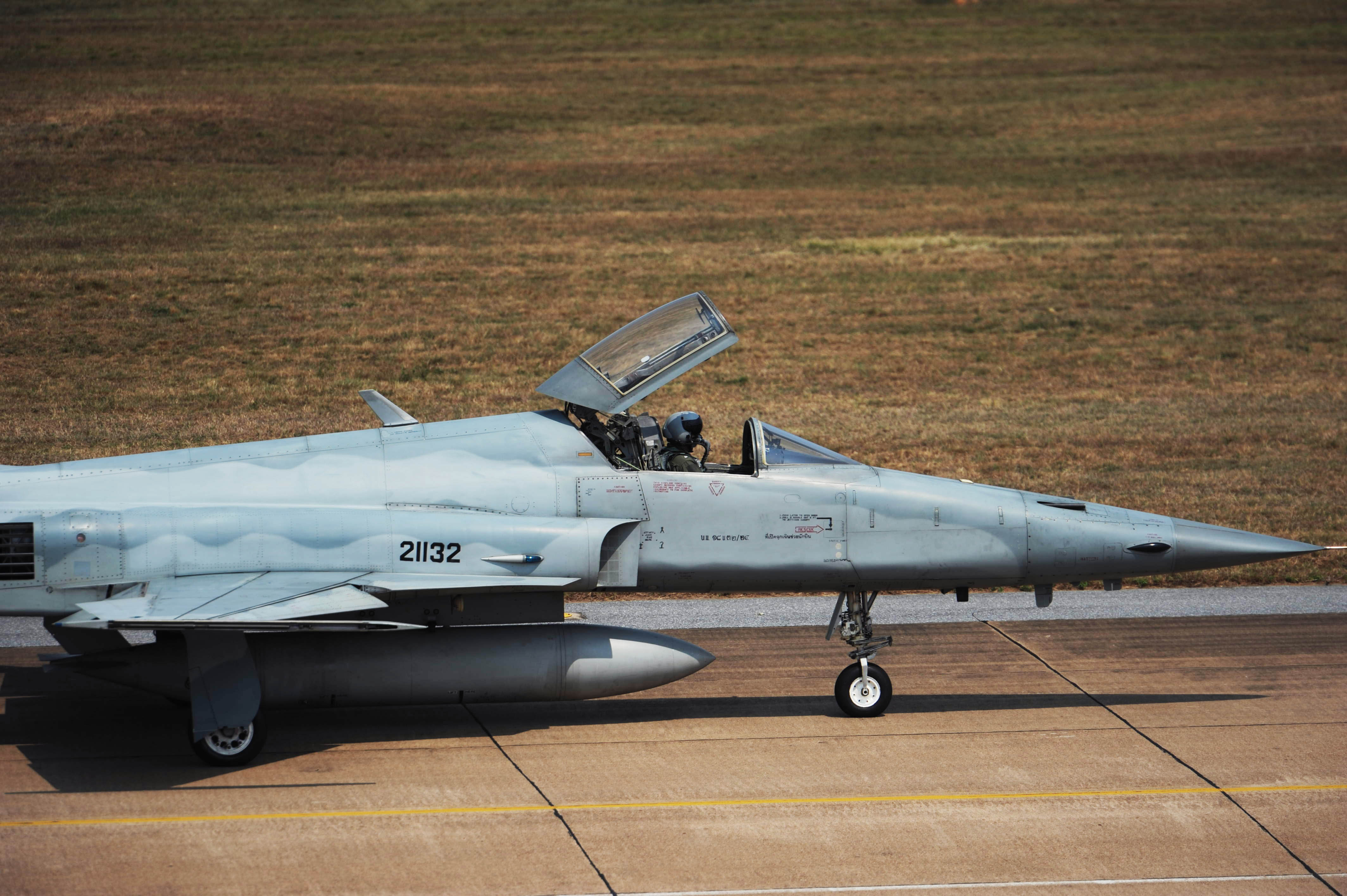
While Thailand is one of the last remaining frontline operators of the venerable Tiger, its surviving aircraft are also notably well equipped, having been modified with new software and hardware by Israel’s Elbit Systems and Rafael Advanced Defense Systems. Known as Super Tigers, these aircraft are equipped with new radar, an electronic warfare suite, and a glass cockpit, while the pilot is provided with an Elbit Systems’ helmet-mounted display.
Initially, it’s expected that the new Gripens will replace the RTAF’s oldest F-16s, the survivors from the 1987 order, which are operated by 102 Squadron based at Korat.
Subsequently, however, Thailand has a requirement to replace its F-5E/Fs, with another 12–14 aircraft slated to be acquired starting in the 2031 fiscal year. Beyond that, there will be a need for a similar number of aircraft to replace more F-16s starting in the 2037 fiscal year.
In contrast to various other countries in the Asia-Pacific region, Thailand has, in recent years, enjoyed fairly cordial relations with China and has no territorial disputes with Beijing. As a result, the impetus to overhaul its armed forces has been less keenly felt.
Nevertheless, while maintaining ties with China, Thailand has, more recently, also sought to establish deeper security ties with the United States. In the past, Thailand’s ambassador to the United States described his country’s approach to Washington and Beijing as a “diplomatic balancing act.”
Thailand doesn’t see China as an outright direct threat, therefore, its armed forces do still take part in regular military exercises with the United States, most notably the Cobra Gold, one of the largest and longest-running multinational military exercises in the region.
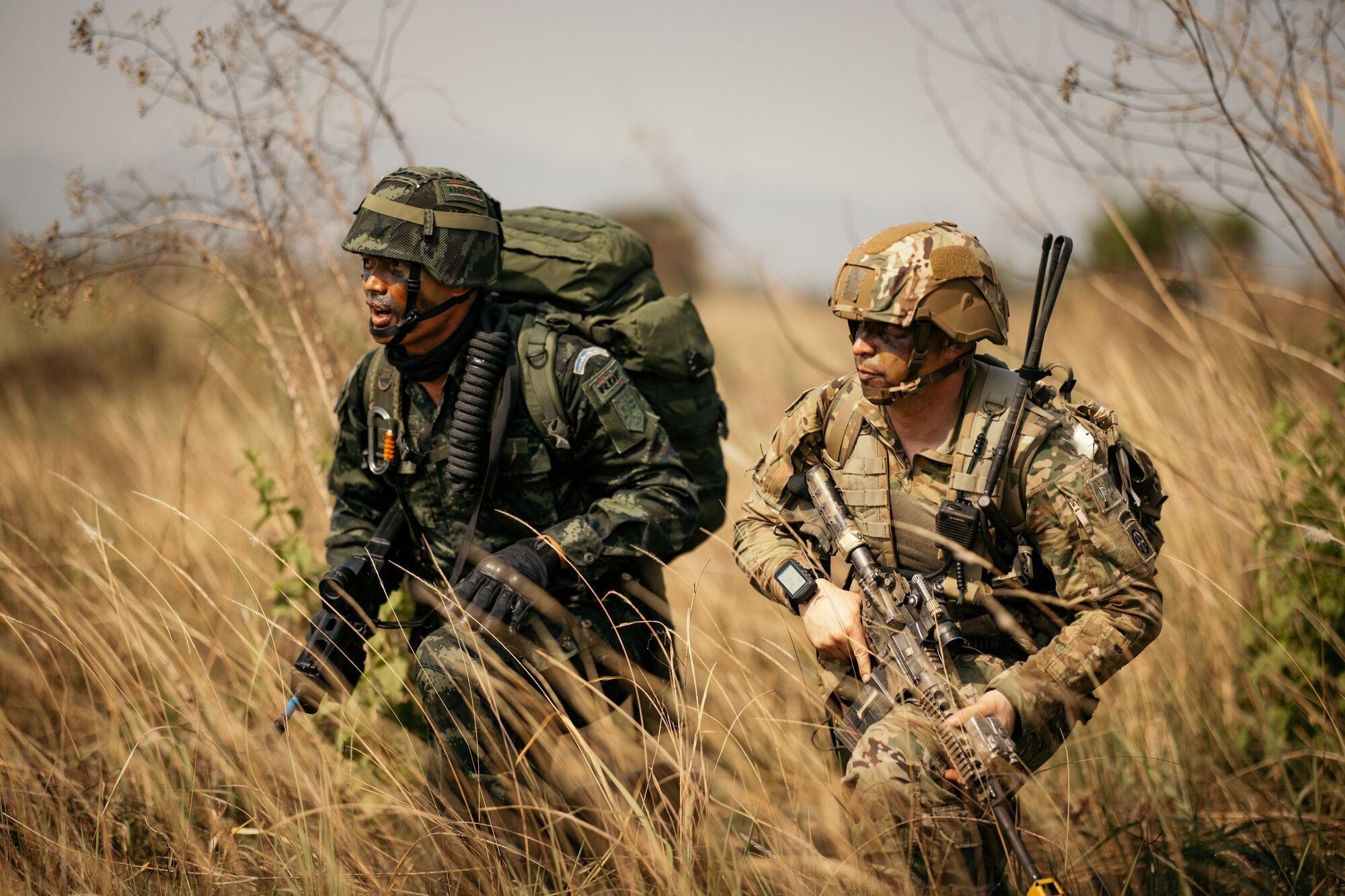
At the same time, there has been some friction in U.S.-Thailand relations, especially after the coup d’états of 2006 and 2014. China has moved to fill the gap, somewhat, initiating deeper military cooperation with Thailand, including joint air exercises and increased arms transfers. It’s notable that U.S.-supplied F-16s and F-5s are prohibited from taking part in drills with the Chinese military, a restriction that doesn’t apply to the Gripen.
Thailand is set to become the second export customer for the Gripen E/F after Brazil. As you can read about here, Saab signed a contract with Brazil for 36 Gripen E/Fs in 2014, with a longer-term requirement for an additional 72 jets. The Swedish Air Force is also acquiring 60 Gripen Es. Otherwise, however, the Gripen E/F has seen only failure in the multiple international fighter competitions in which it has entered, notably being rejected in favor of the U.S.-made F-35 stealth fighter, which offers a very different level of capability, or F-16s.
With prospects of follow-on fighter orders almost guaranteed, the chances of Saab winning more orders for the Gripen E/F in Thailand look good. This latest backing for the fighter from Bangkok will only improve its chances in future competitions, in which it has so far seen only limited success, despite its obvious qualities.
Contact the author: thomas@thewarzone.com
